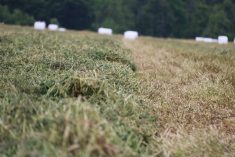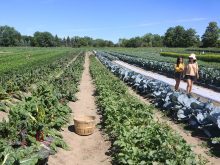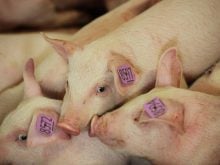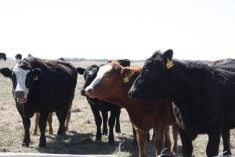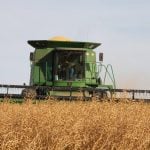RED DEER, Alta. – A system dedicated to excellence has rewarded Denmark with 26 percent of the world pork market.
An expensive system that is technologically advanced has resulted in Denmark exporting 80 percent of the pork produced from its 20 million hogs raised annually.
A Canadian study of the Danish system led by agricultural economist Jill Hobbs of the University of Calgary revealed a vastly different attitude and organization in that pork industry compared to Canada.
Speaking to the Alberta Agricultural Economists Association conference in Red Deer, Hobbs said one of the most critical aspects of the Danish system is the level of communication and feedback among farmers, processors and researchers.
Read Also
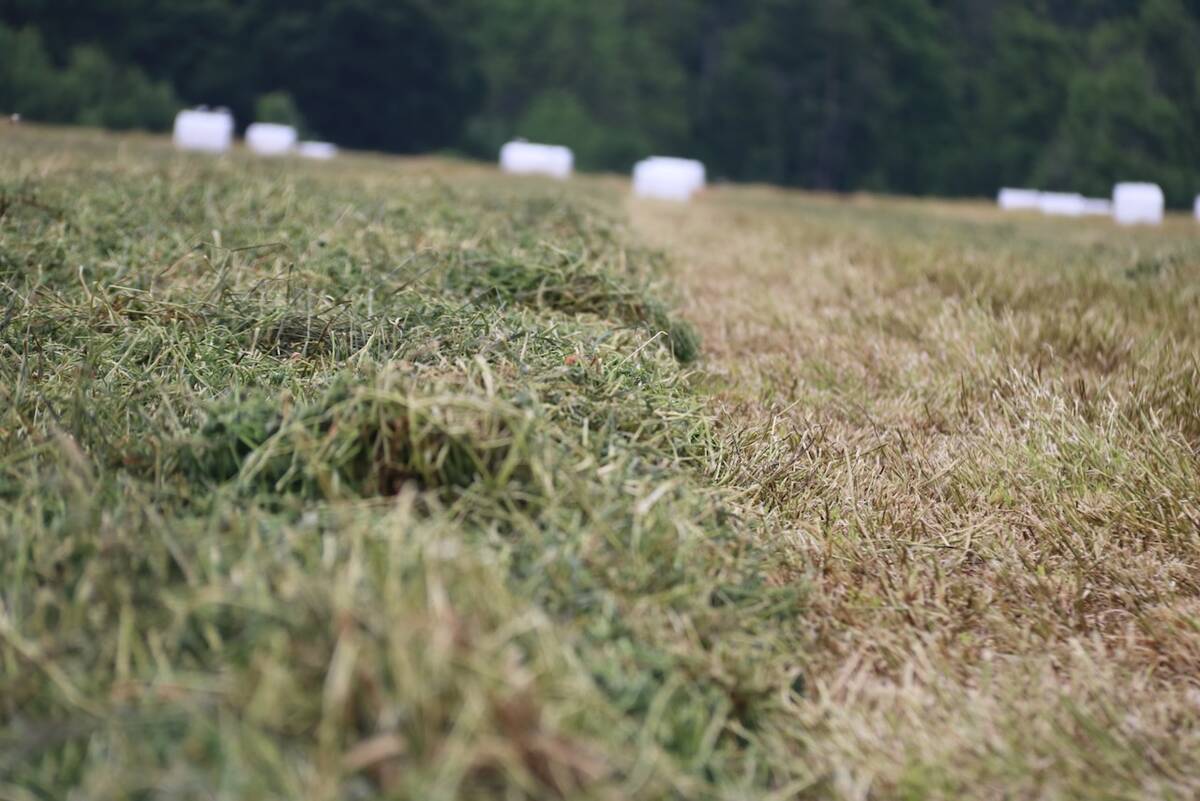
New high performance forage training program to launch in 2026
A new Canadian Forage and Grasslands Asssociation high performance forage program will be a resource for farmers, agronomists and others in the forage sector.
“The secret of the Danish industry lies in its organization and close co-operation between industry sectors,” she said.
Canada can’t imitate the Danish industry, but it could adopt the willingness to communicate more. It could also learn how to reduce its cost of doing business and develop a system that meets customers’ order specifications more closely.
Course is provided
Part of this excellence is achieved through worker training. All agricultural laborers are required to take government-funded courses for 18 months.
If anyone wants to buy a farm, they must take additional courses to obtain preferred agricultural loan rates.
Pork is handled by four farmer-owned processing co-operatives. A farmer joins a co-operative for a year and if he’s not satisfied with fiscal results he can switch to another one.
A base price for hogs with minimums and premiums is set each week by a committee of farmers and packers. The packers must take all the hogs offered for sale.
Packing plants are heavy on technology and staff is well trained. In fact, they can’t be hired without some training. About one-quarter take a four-year apprenticeship program to learn meat cutting, food safety and preparation.
To measure individual animal performance, each meat hook contains a computer chip that provides a detailed list of qualities for each carcass.
Attuned to customer demands, plants have sections for different processing specifications.
“They have slower lines so they can concentrate on quality,” said Hobbs.



